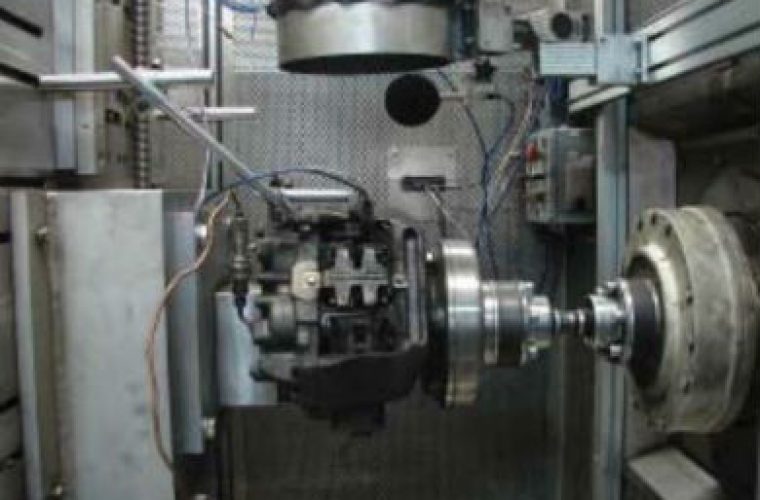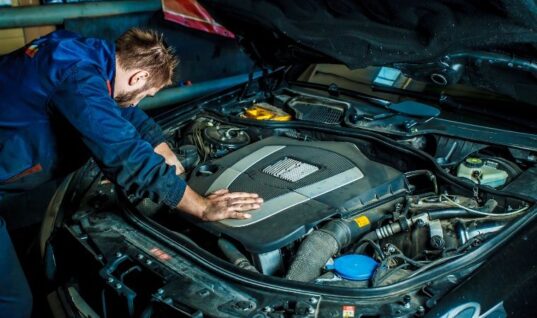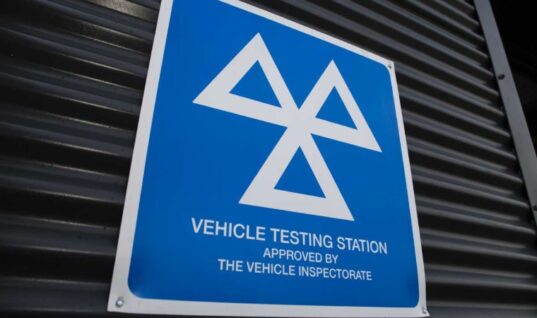Today’s family cars offer noise, vibration and harshness levels that would have been impressive for luxury models 30 years ago.
One of the key focus areas for manufacturers, say Apec, is eliminating brake noise through the testing of brake assembly units in sound booths.
The role of shims
Most brake noise is caused by vibration between pads, caliper and discs, and pad manufacturers deal with this by using shims to locate the pad correctly in the caliper. As brake caliper design has become more sophisticated to meet motorist’s increasing expectations for braking performance and quiet operation, so shims have evolved too.
Advanced manufacture
Today shims are made from metal, composites, rubber and even fibreglass. Shim shapes have also become more complex, to aid positive location.
However, the shim must still stay attached to the pad, otherwise noise will still occur.
Manufacturers use various techniques to make sure the shim is firmly fixed.
Some shims are attached by phenolic resin and compressed against the pad’s back plate at approximately 150°C, while others are simply riveted or fixed by pins and pressed into recesses in the back plate, allowing the pad to compress more when cold, minimising noise, without allowing too much compression when hot, which could lead to excessive brake pedal travel.
Directional fittings
Metal shims may have cut-outs, allowing the caliper piston to pitch the pad at an angle to the disc to aid bedding-in and eliminate noise.
These shims may have arrows on them; it’s essential the arrow follows the direction of disc rotation to prevent noise.
This is also true of pads with chamfers at one end; these should be at the leading edge, against the direction of rotation.
Some brake pads have multi-directional chamfers, designed specifically for vehicles with known noise problems.
Good workshop practice
It’s vital you make sure the shims can still do their job, don’t forget they will have endured exactly the same heating, cooling and pressure cycles as the pads.
Where pads have separate shims, the shim needs to be re-tensioned so it still locks firmly to the pad.
Apec Braking offers a complete range of accessories such as springs, to provide correct tension, prevent uneven
wear, and silence those complaints about noise.
Contact Apec for further information on 01454 285 054 or click ‘More Details’ below.







